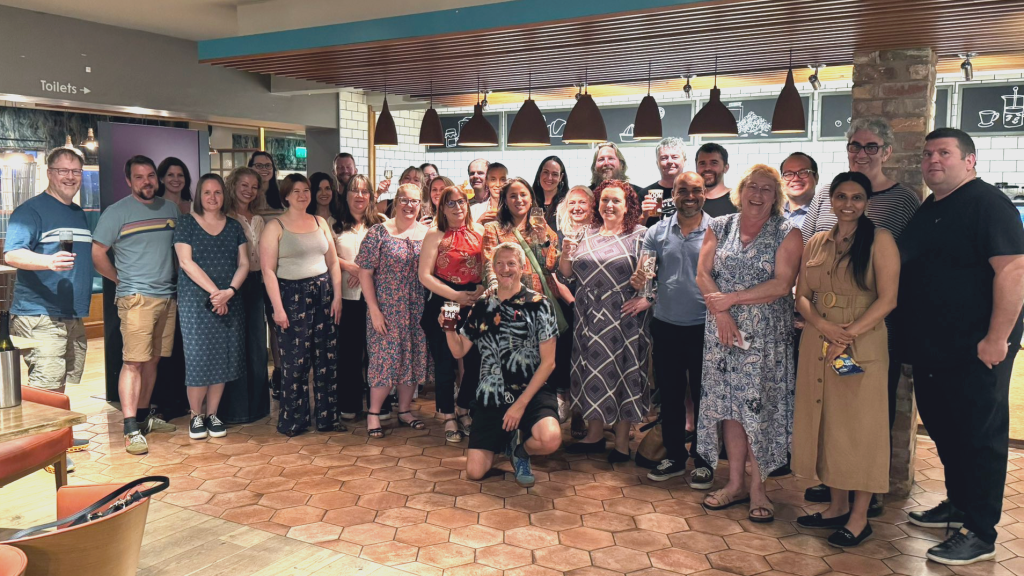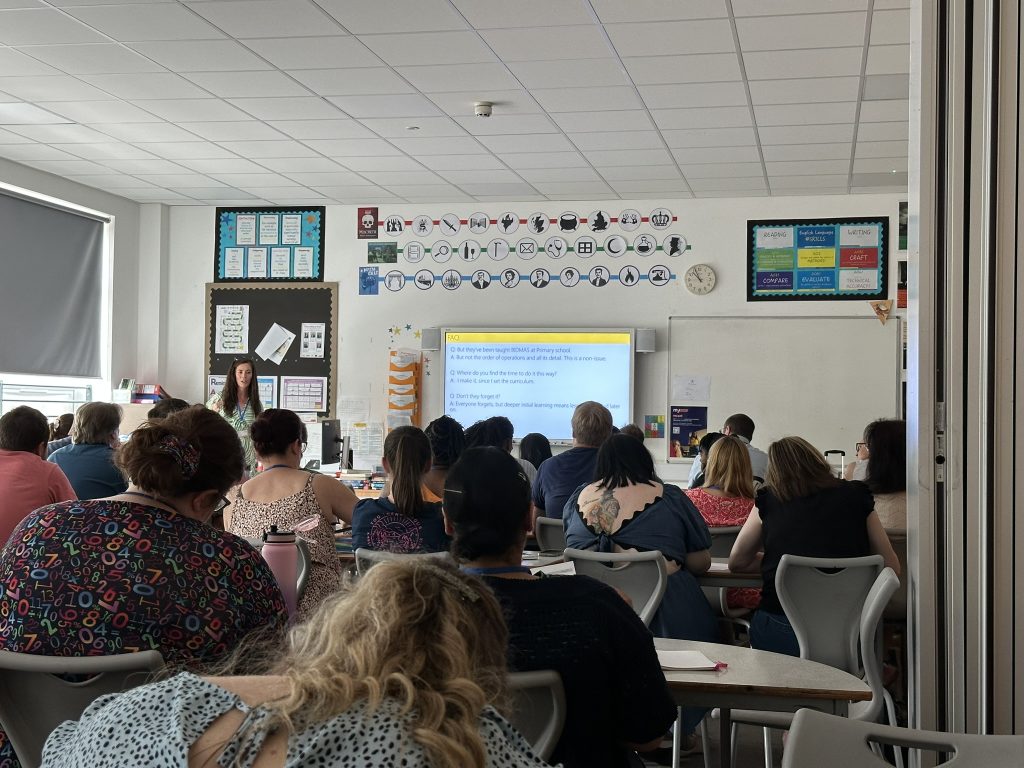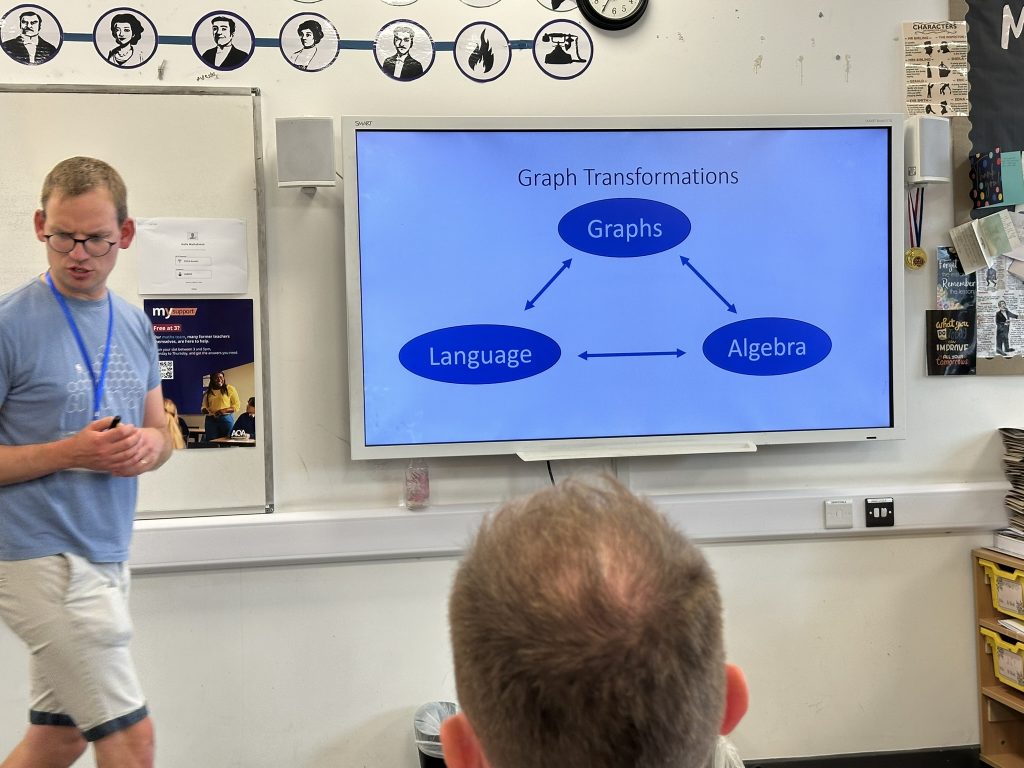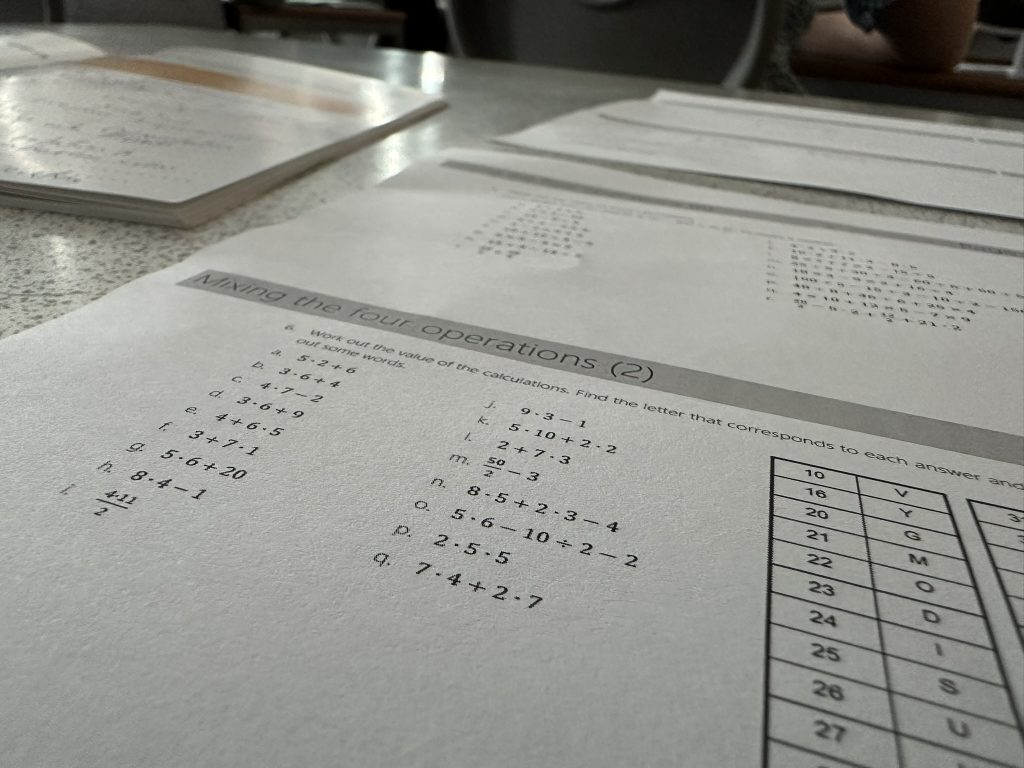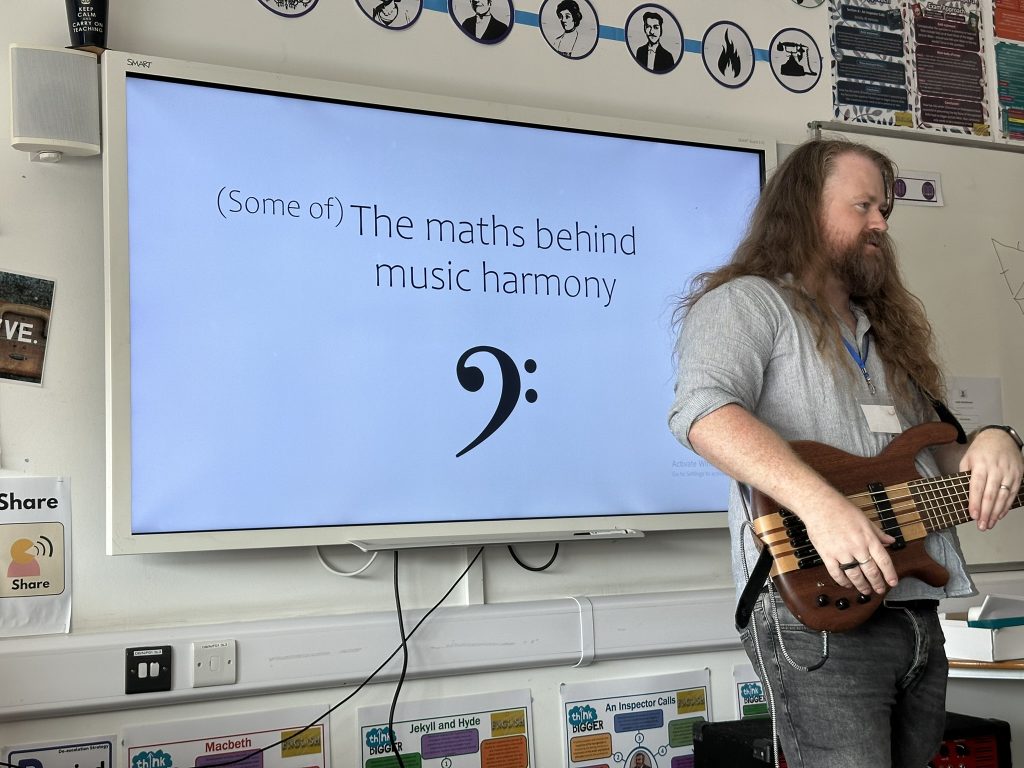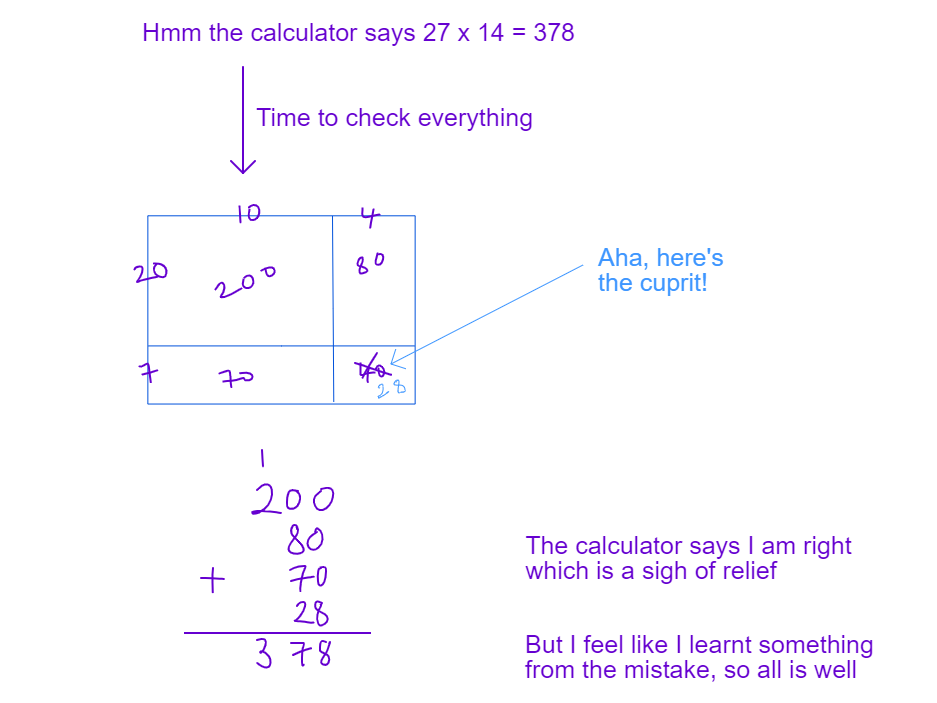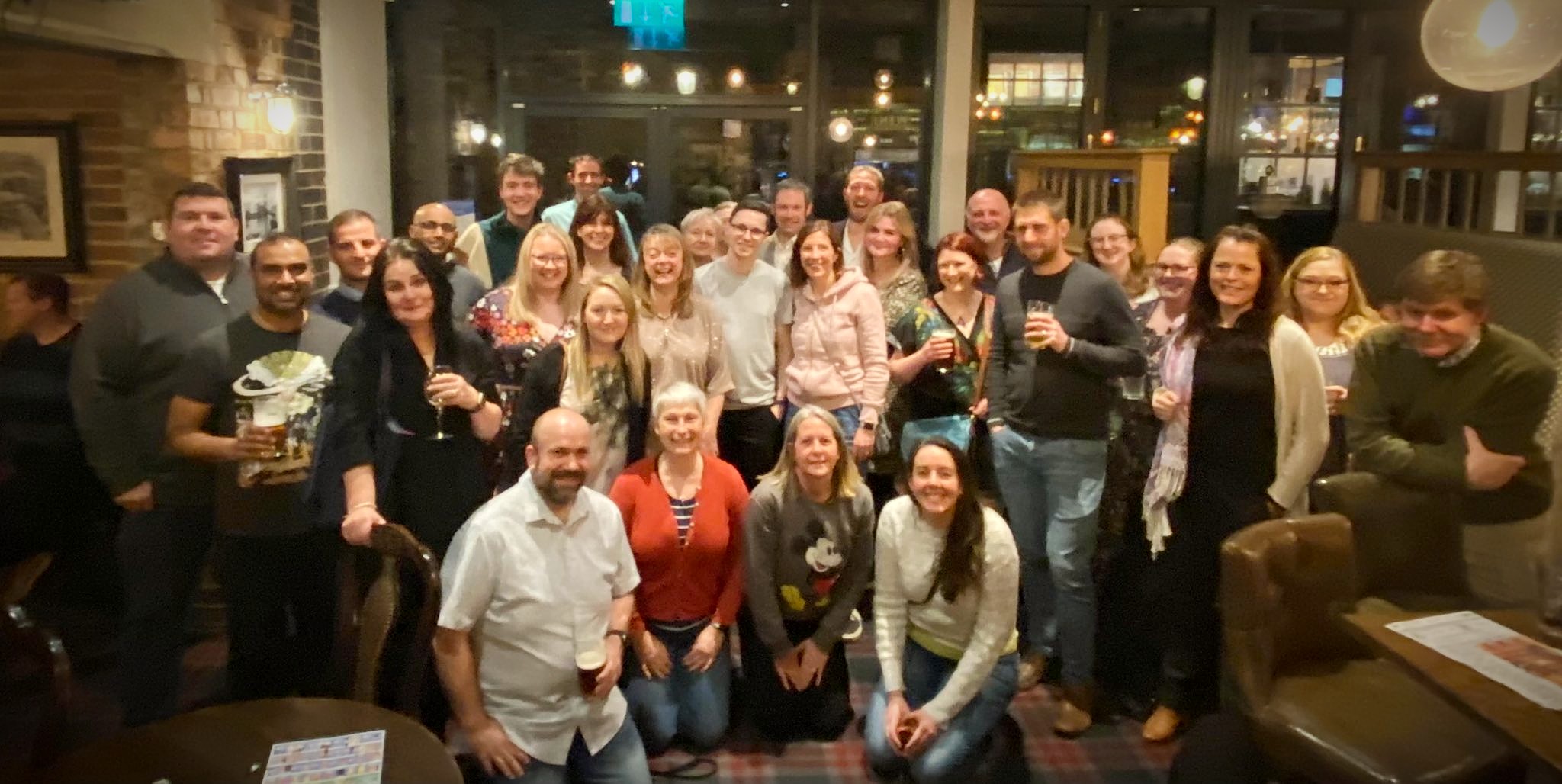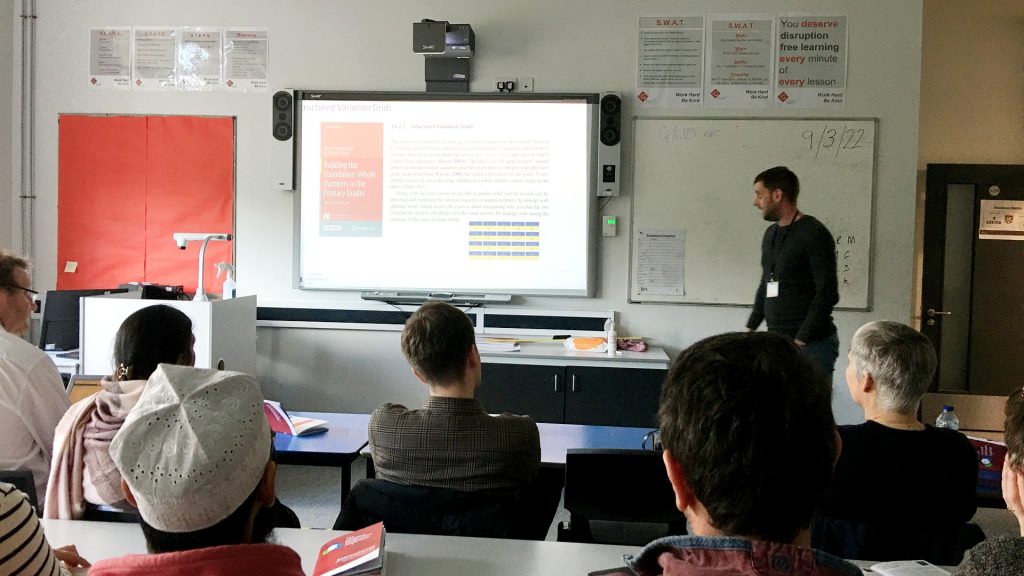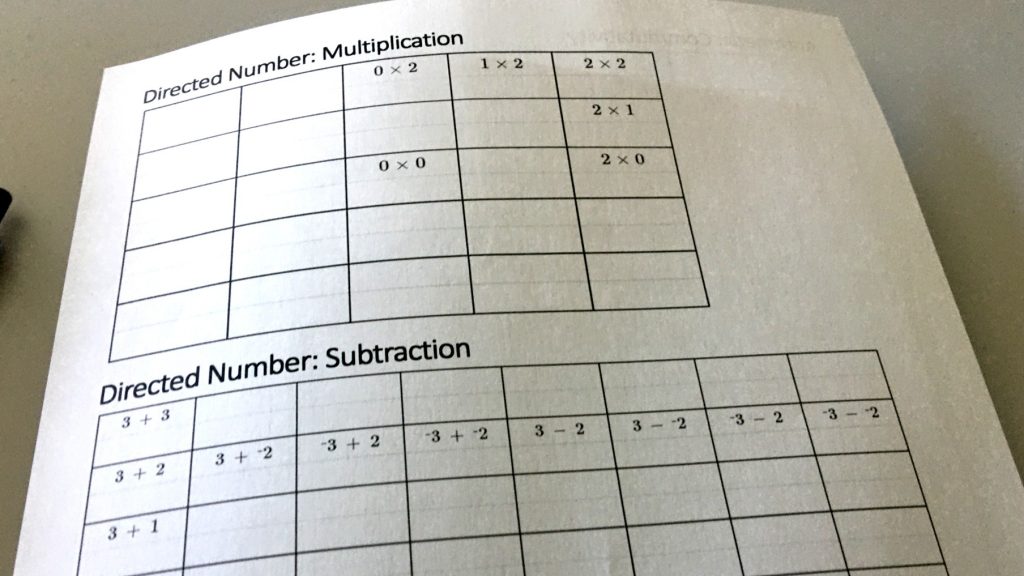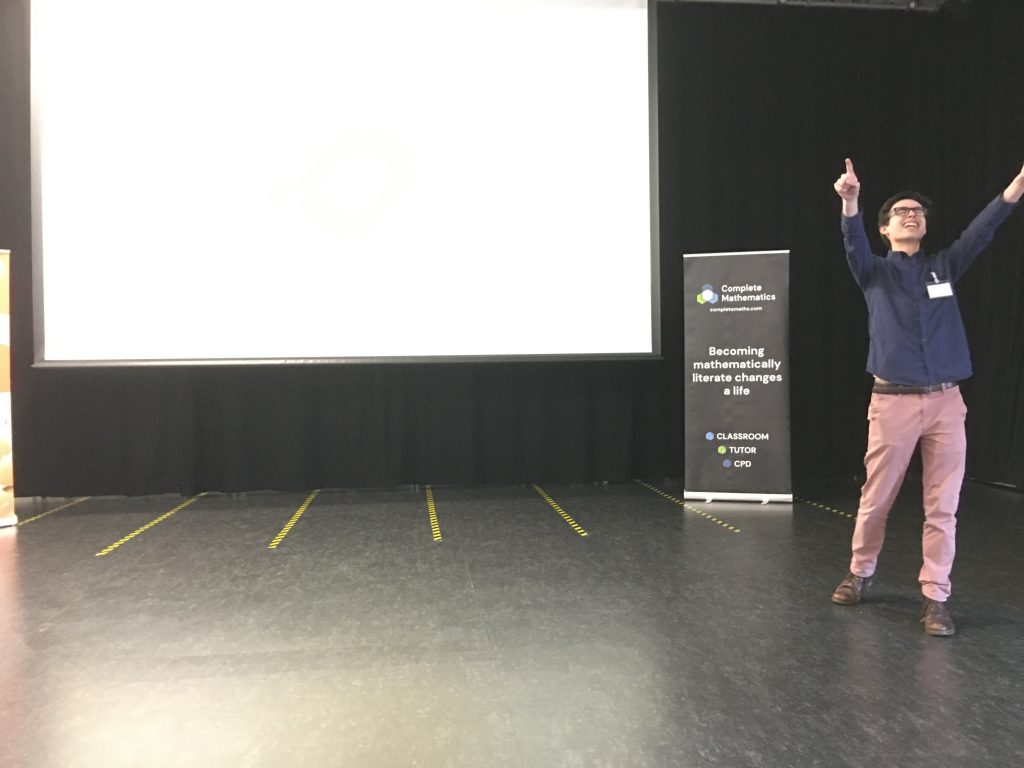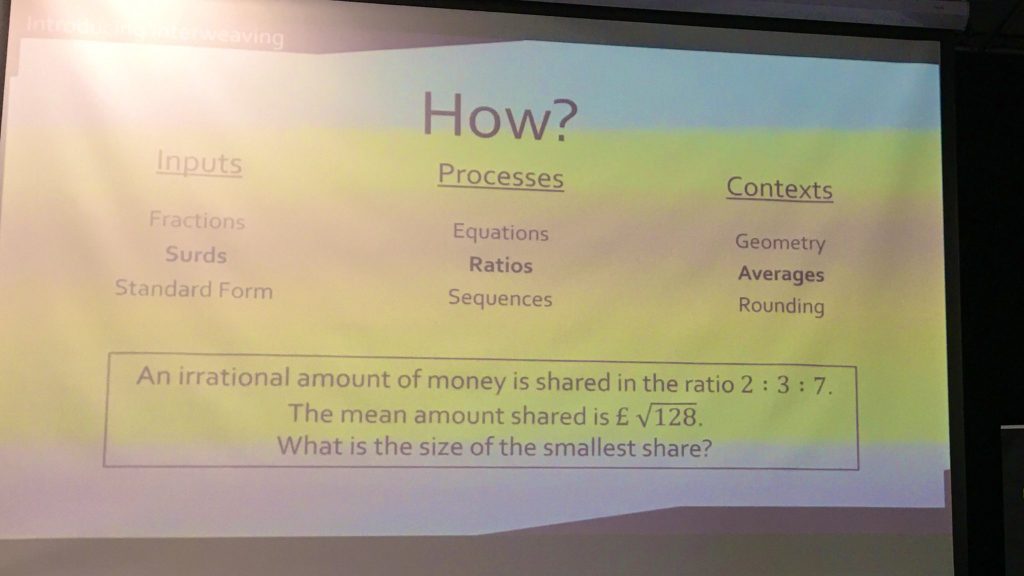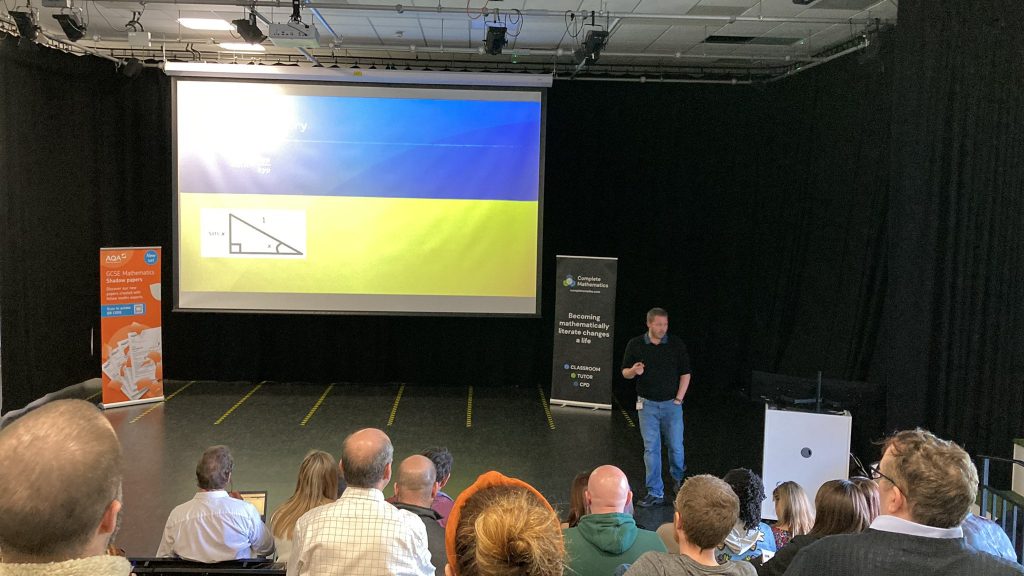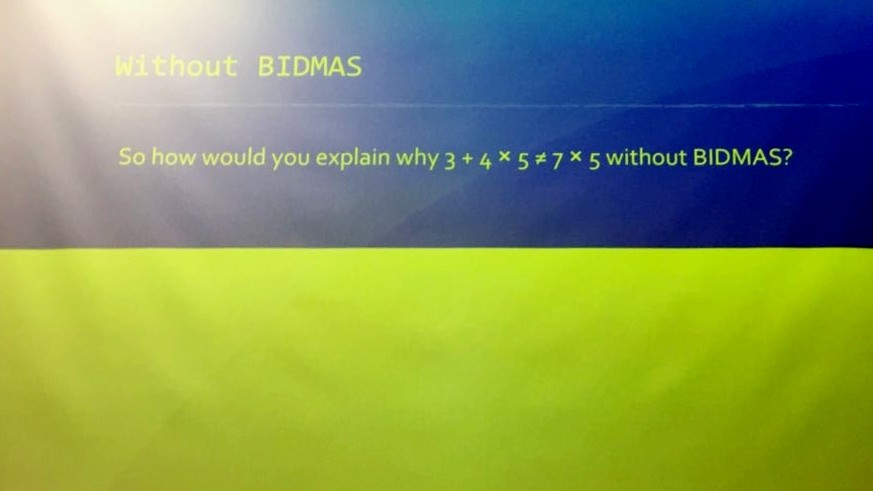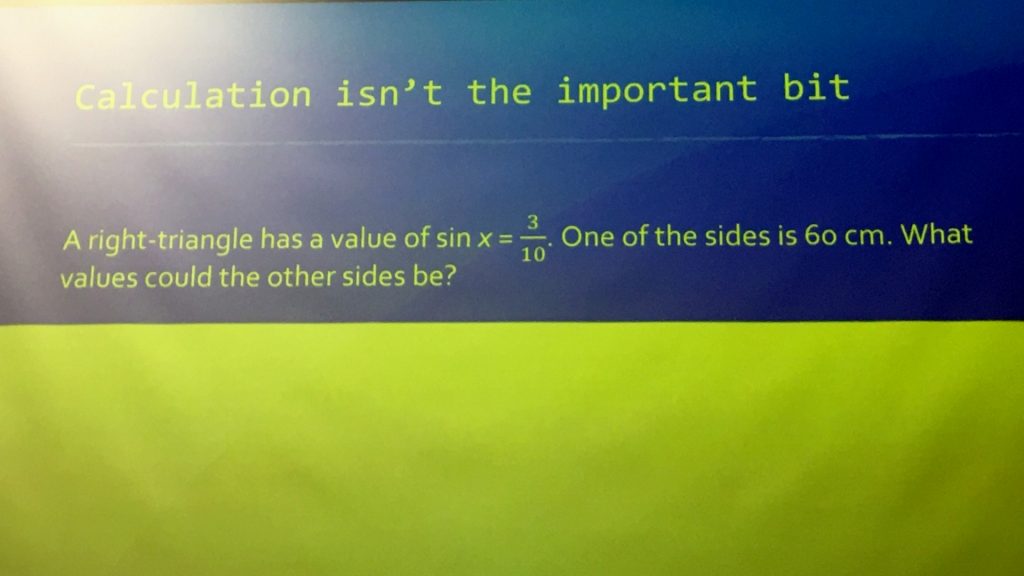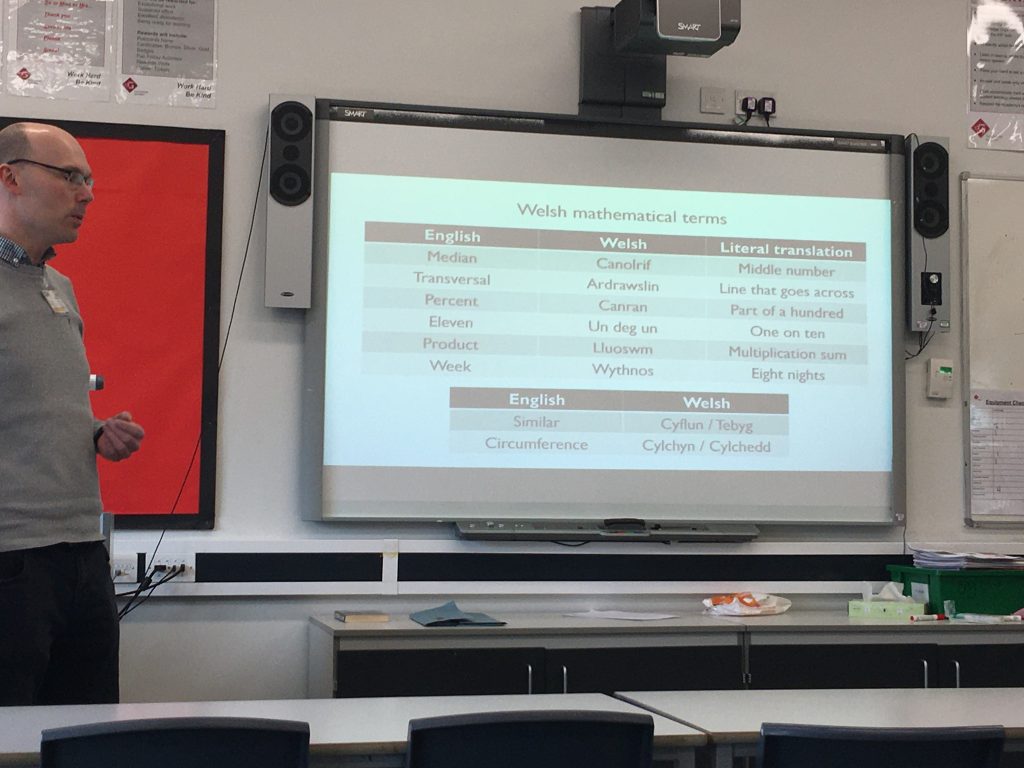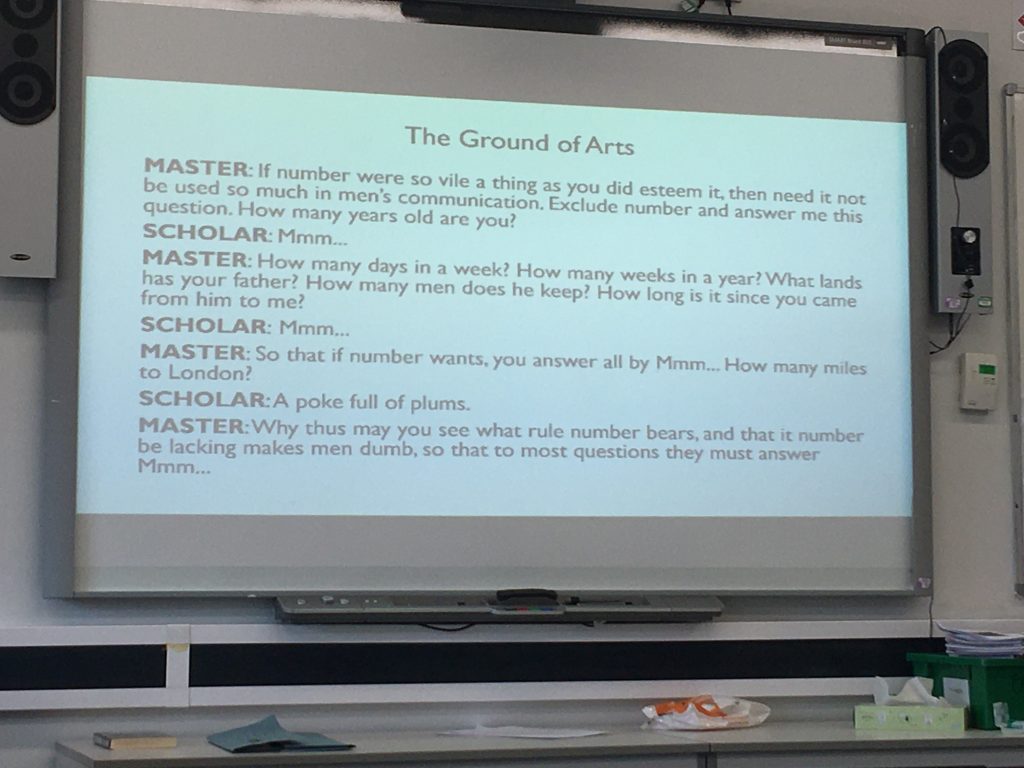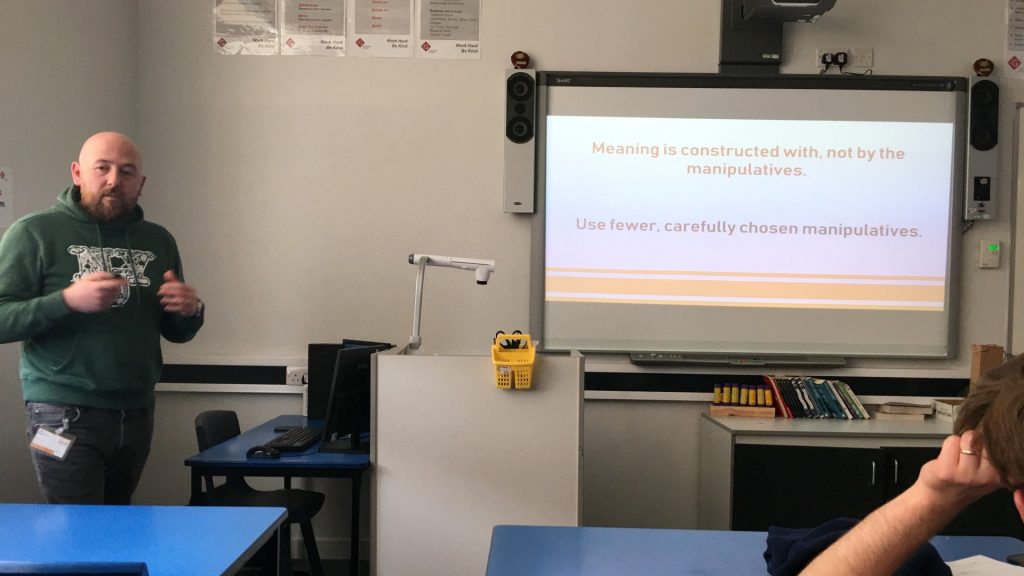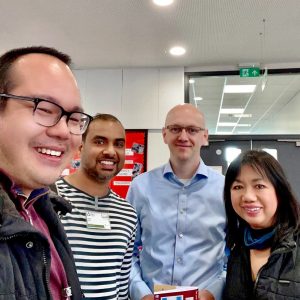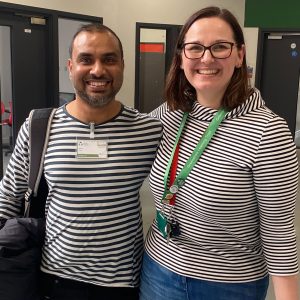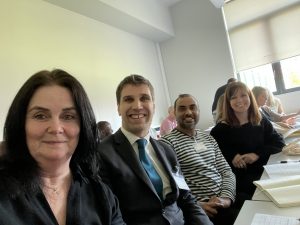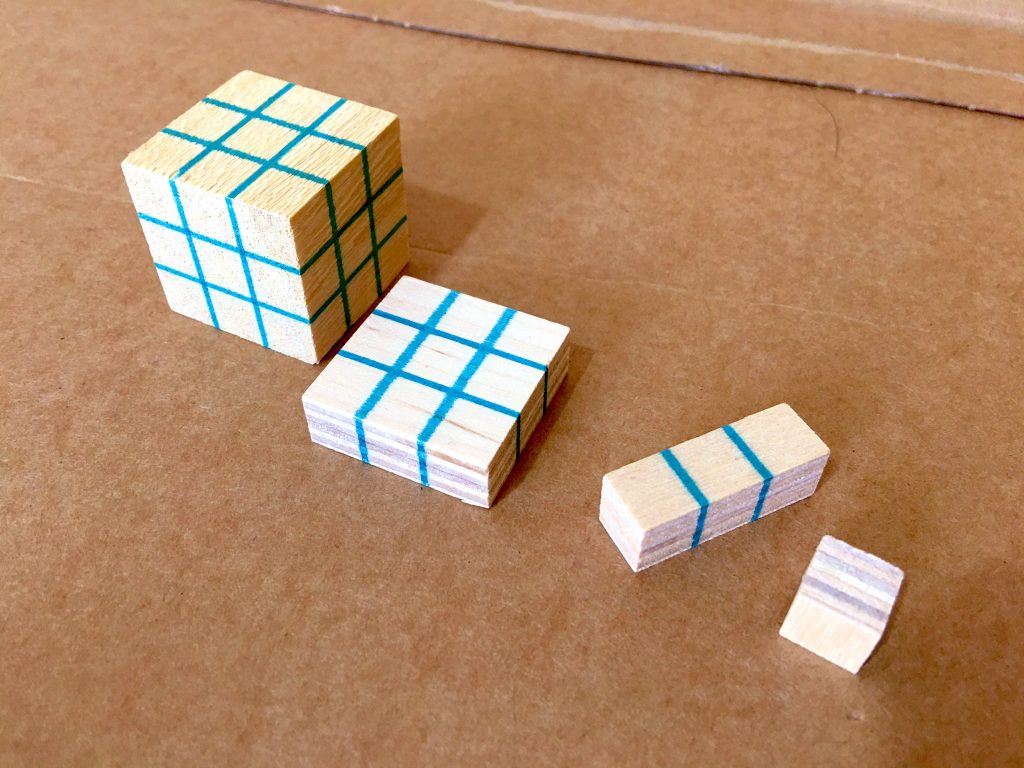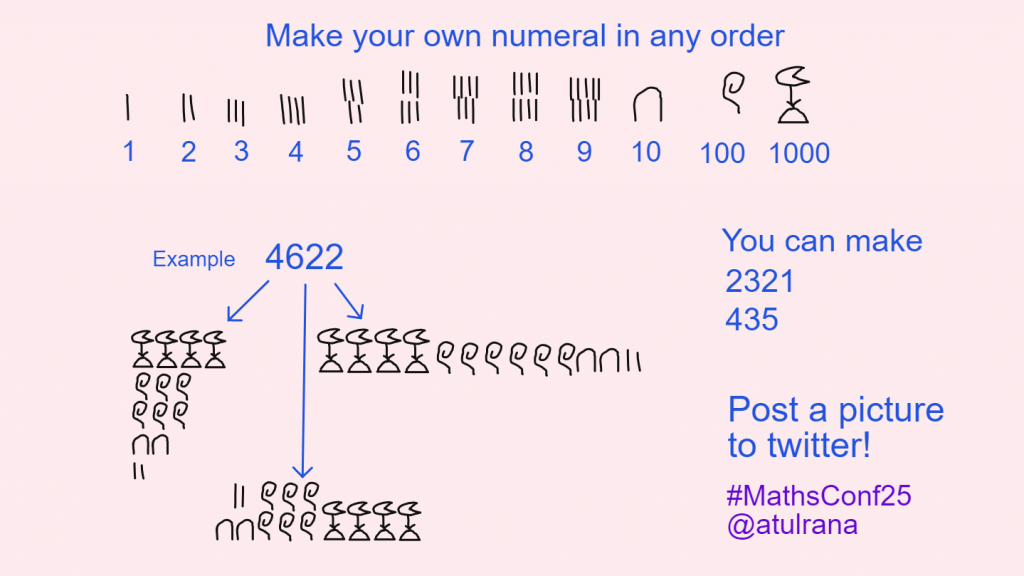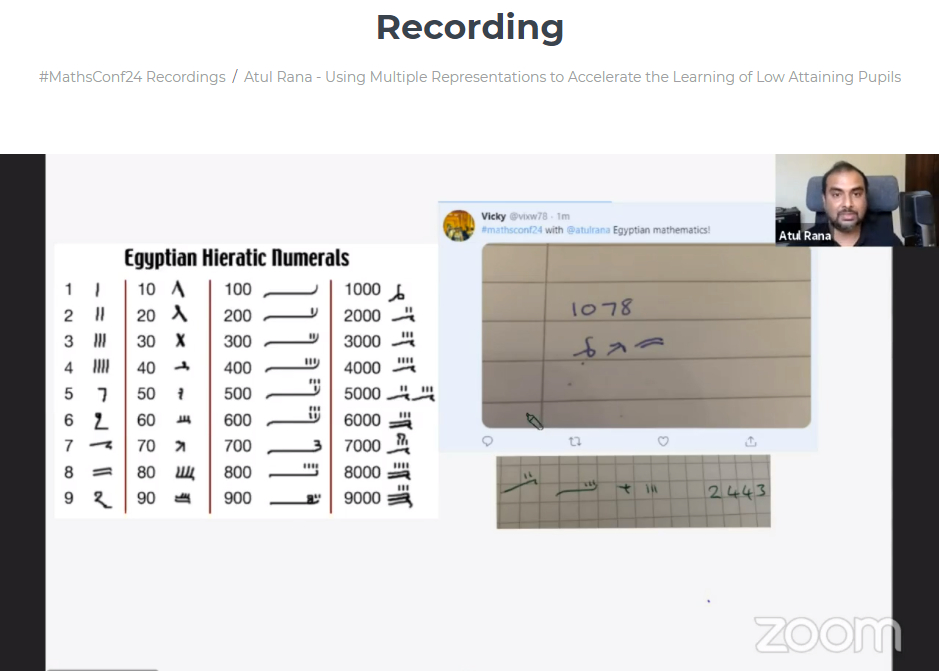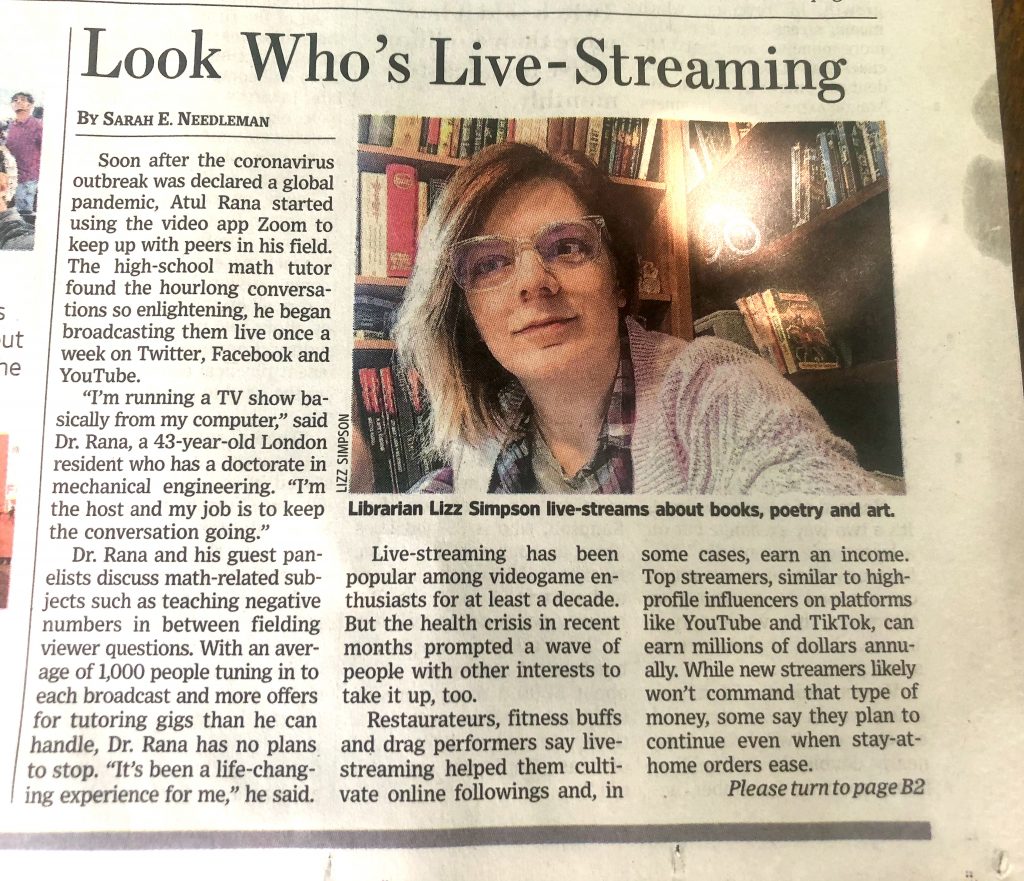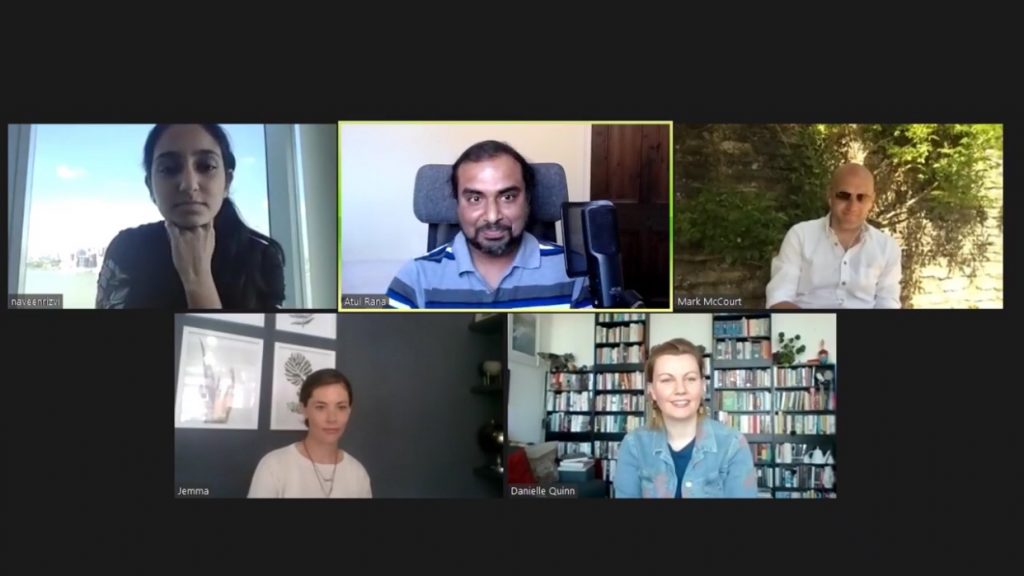BIDMAS is a lie. And your child deserves better.
It’s not real maths — just a shortcut masquerading as understanding.
Most children are taught to follow it blindly, without ever learning what an operation truly is.
Unary. Binary. This is the hidden architecture of calculation — in primary, secondary, and beyond.
And it changes everything once seen.
But first, an actual story from tutoring.
“Why do I keep getting this wrong?”
My student looked at me with a mix of frustration and helplessness.
We were trying to rearrange the cosine rule to isolate the angle. But he kept adding a², b² and the -2bc terms together first. Again. And again. Each attempt revealed something deeper: he wasn’t just making a slip, he was missing something fundamental about how mathematical operations are structured.
After three years of working together, I felt like a failure, I had missed my chance to embed into him essential structural ideas. The fundamental ideas of operations and the Field Axioms. I almost certainly taught this to him but it was a long time back and he needed regular recaps. With the exam just a week away, I did what many tutors do under pressure, I gave him the rearranged formula and told him to memorise it.
This wasn’t a struggling student by any means. He was on track to get at least a grade 8 (for the GCSE qualification in the UK at KS4). And yet, after 11 years of schooling, this foundational misunderstanding had gone unaddressed. The system he learnt from was rewarding performance, not depth. Not structure. Not true mathematical thinking. Only the odd questions like this would unearth this weakness.
So what had been overlooked for this tutee?
One of the most overlooked—and surprisingly simple—concepts in school mathematics is understanding what unary and binary operations are, and how they differ. I was first introduced to binary operations through Professor Mahesh Sharma’s engaging and interactive CPD webinars.
It lies at the root of every mathematics calculation your child will ever do. And almost no one teaches it.
What Do Unary and Binary Mean?
Let’s start with some etymlogy.
- Unary comes from the Latin unus, meaning one — think : unified, union, uno (Spanish)
- Binary comes from bi, meaning two — as in bicycle, bipedal, or bilingual.
In mathematics, these root meanings give us a simple but powerful distinction:
- A unary operation acts on one input.
- A binary operation acts on two inputs.
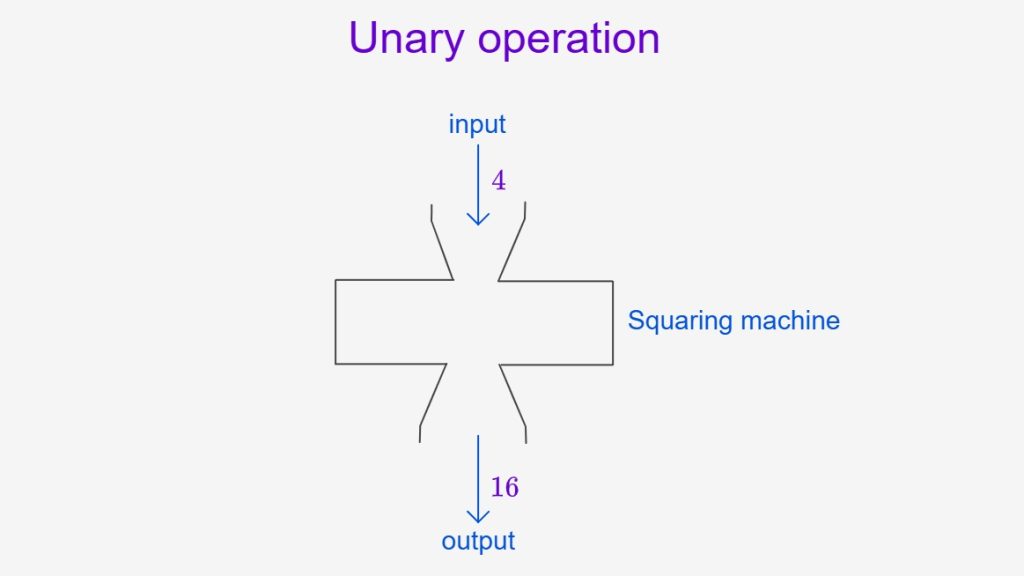
Unary Operations – One Input
When the input is a single number, unary operations take that single number and transform it.
Unary operations, involve just one number: squaring, taking a square root, finding a reciprocal, etc.
Think of it like a machine:
1 number goes in → 1 number comes out
Examples of Unary Operations:
- One more than: +1 (as experienced in early mathematics)
- Negation: changing +5 to –5
- Absolute value: |–7| = 7
- Square root: √25 = 5
- Squaring: 4² = 16
- Reciprocal: 3⁄8 → 8⁄3
- Trigonometric functions:
- sin(30°) = 0.5
- cos(60°), tan(45°) etc., all take one input (an angle)
In this sense, Unary operations are transformative, not combinational.
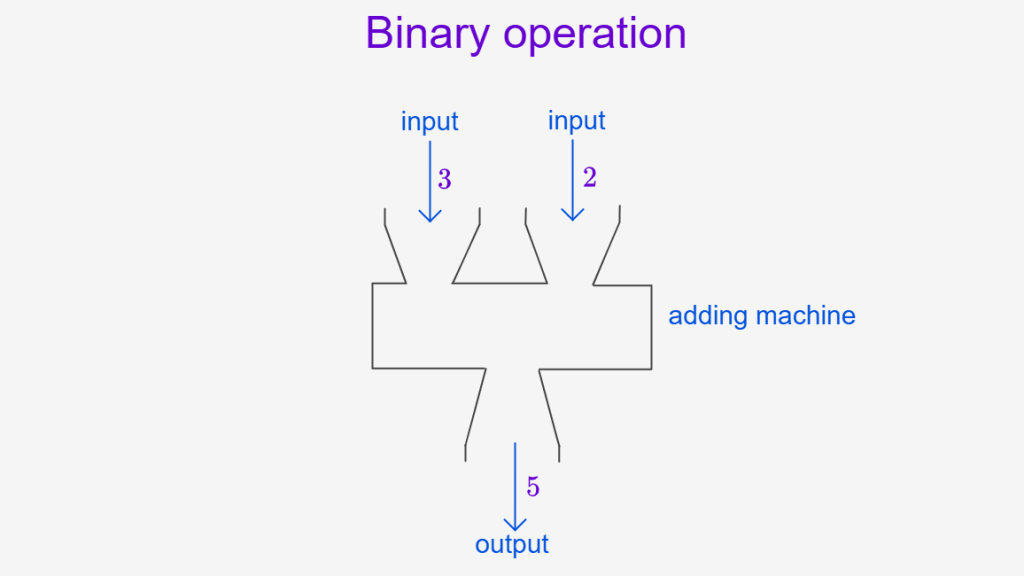
Binary Operations – Two Inputs
Most operations in primary and secondary maths involve two numbers. These are called binary operations — addition, subtraction, multiplication, division, exponentiation etc.
When the inputs are two numbers, binary operations combine values.
Think of it like this:
2 numbers go in → 1 number comes out
Examples of Binary Operations:
- Addition: 3 + 5 = 8
- Subtraction: 9 – 2 = 7
- Multiplication: 4 × 6 = 24
- Division: 12 ÷ 3 = 4
- Exponentiation (technically binary): 2³ = 8
Binary operations are the heart of arithmetic. But when students don’t grasp that they are operations on pairs, things get messy fast. Or worse, they are given shortcuts or mnemonics to remember.
Ambiguous cases of Binary Operations
Some operations can appear unary or binary depending on how they’re framed. For example, a “double machine” (×2) or an “add-two/two-more-than” machine” (+2) looks unary but both are really binary operations with one input held constant. Similarly, exponentiation is unary if the exponent is fixed (like squaring or cubing), but binary when both base and exponent vary. This subtlety is part of what makes the structure of maths so powerful and why understanding it matters.
Nullary and Ternary Operations
There are also nullary operations — like random number generators, which require no input — and ternary operations involving three inputs, such as programming conditionals. But unary and binary dominate school maths.
Chaining Binary Operations Vs BIDMAS/PEMDAS etc.
BIDMAS (or PEMDAS in the US) and all of its dreadful mnemonic variants mask the true structure of mathematics. It encourages mechanical order-following, not deep understanding.. But few realise that what they’re doing is chaining binary operations, in a way that only works because of the underlying laws of arithmetic. The underlying laws of arithmetic are the Field Axioms. I first learnt about the axioms from Mark McCourt on a Complete Mathematics CPD day.
The Field Axioms are worthy of an entire series of blog posts which will come up in future. For now, here is a link to a presentation I did at #MathsConf26.
Beyond Numbers: How Unary and Binary Operations Apply to All of Mathematics
Unary and binary operations are the starting point for making sense of all maths operations, from number work to algebra to calculus.
Unary and binary operations aren’t limited to numbers of course, even within school level mathematics. They also apply to vectors, matrices, functions and sets. Except for matrices which are in Further Mathematics A-Level (KS 5), the rest are within the compulsory school maths curriculum.
A more formal and rigorous definition of unary and binary operations is covered in mathematics degrees, considering the idea of sets and closure. But the essential idea of it is very simple and there is no reason whatsoever to not to introduce that idea at school level mathematics.
I will cover the definition of operations, operators and operands on another dedicated blog post.
Final Thoughts
Unary and binary operations aren’t just abstract definitions, along with the Field Axioms they’re the hidden structure behind every mathematics problem your child will ever face at school. Like the grammar and syntax of language.
Without this grounding, students:
- Memorise blindly
- Struggle with multi-step algebra and arithmetic
- Misapply order of operations
With it, they begin to:
- Understand structure
- Build and deconstruct expressions logically
- Think mathematically
- Have inner confidence that mathematics makes perfect sense
Try creating your own ‘operation machines’ and have a play at putting inputs and seeing outputs. It may be obvious but you’d be surprised by what it reveals when you put it in this format.
What do you think?
This was a fun and educational blog to research and publish. Some references and tools I used to clarify my own understanding further were WikiPedia, mathsisfun.com, Study.com and ChatGPT.
Education and communication are on-going dialogue. I would love to hear your reflections on this. Especially if you are a teacher/tutor colleague.
If you’re a parent who wants your child to learn maths like this — with clarity, depth, and real understanding — feel free to get in touch.
I occasionally have tutoring slots open for children aged 12 (Year 8 KS3) or younger.
If you’re interested, contact me here to check availability.
